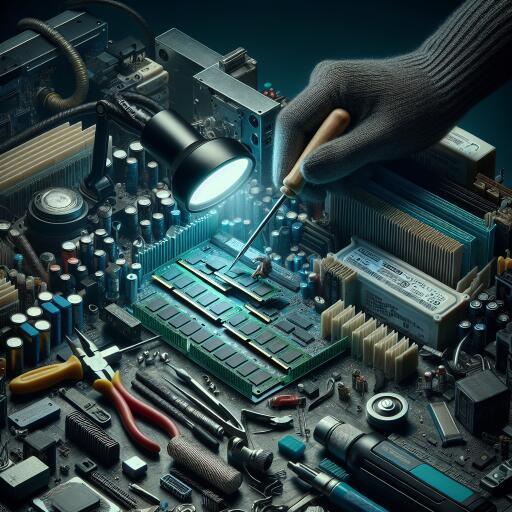Revolutionizing Homebrew Computing with a 16-Bit Relay Computer
In the fascinating world of custom-built computers, enthusiasts have taken on the challenge of creating machines that pay homage to the early days of computing, yet incorporate modern technology for enhanced functionality and ease of use. A project that stands at the forefront of this innovative intersection is the development of a homebrew 16-bit relay computer. This ambitious endeavor seeks to bring together the tactile charm of relay-based logic with the computational capabilities expected in today’s technology landscape.
The primary objective of this project is not just to revisit the roots of computing by using relays—a switch operated by an electromagnet—as the fundamental building block for creating logic gates and circuits. Instead, it’s about merging these historical methodologies with contemporary tools and practices to create a fully functioning computer that is both a nod to the past and a step towards the future.
Delving into the Heart of the Machine: System Memory
At this stage of the project, the focus has shifted towards developing the system memory, an essential component of any computer. System memory, or RAM (Random Access Memory), serves as the computer’s short-term memory, temporarily holding data and instructions that the CPU needs for execution. In traditional computers, this is typically achieved using silicon-based chips. However, the unique challenge and charm of building a 16-bit relay computer lie in finding alternative methods to implement these modern functionalities using technologies from the past.
Given the constraints and objectives, opting for a direct implementation of system memory using relays or diodes was quickly ruled out. Such an approach, while intriguing, would not only prove to be immensely complex and expensive but would also require a prohibitive amount of physical space. Moreover, the lure of integrating with newer technologies offered an enticing path forward, leading to an innovative solution: the incorporation of an Arduino board.
The Arduino, a staple in the world of electronic projects and prototyping, offers the perfect blend of ease of use, accessibility, and flexibility required for this project. By utilizing an Arduino board as the core of the system memory, the project gains a versatile and powerful tool that can easily handle the demands of managing memory within a 16-bit computational framework.
Overcoming Voltage Challenges
One of the critical hurdles in marrying the old with the new was the difference in operating voltages between the relay-based components (which operate at 24V) and the Arduino (which operates at 5V). To bridge this gap, a specialized voltage divider circuit was introduced, serving as an intermediary between the data bus and the address bus. This ingenious solution ensures that the higher-voltage relay logic can seamlessly communicate with the lower-voltage Arduino board, thereby maintaining the integrity and functionality of the system memory.
Looking Ahead
As the project progresses, the vision of a 16-bit relay computer inches closer to reality. The marriage of relays and modern microcontroller technology not only exemplifies the possibilities of hybrid computing solutions but also pays tribute to the evolutionary journey of computational hardware. Through innovative problem solving and a passionate embrace of both the past and the future, this project stands as a testament to the enduring allure and potential of homebrew computing.









